Tulare, CA
By Sue Hart (Vice President of Marketing, VAS)
With 50 percent of dairy production costs tied into feed, conventional wisdom dictates that many dairy operators would look for ways to drive down those costs without sacrificing production — and feed management software accomplishes that.
When used consistently and effectively, however, it can also drive up production while maintaining or increasing feed costs to create a greater net positive increase/return on investment. It accomplishes this by more closely monitoring/tracking feed use, animal intakes, mixing ratios and chemistries, waste, optimizing pen feeding, and tracking/examining income in relation to feed price.
Put simply: It streamlines every aspect of feeding to increase the produced-milk-to-feed ratio. Now, as systems like VAS FeedComp transition to web-based platforms accessible from any device with an internet or cellular connection, those benefits become even more powerful as it provides dairy producers with real-time actionable information.
Improving Feeding Operations
Here are seven ways that dairies can improve their total feeding operation today with web-based feed management solutions.
Build a Robust Feeding History
One of the simplest and greatest features of feed management software is the ability to track and report long-term feeding data for any cow, pen or dairy. This allows the feed manager to review historical data and spot trends or anomalies that require attention, such as an unexpected drop in intake, and adjust feed or animal care accordingly. Sharing this data with veterinarians, nutritionists and consultants helps all stakeholders get a proper perspective on feeding practices, and allows them to make the best recommendations for optimal animal health and output. And, with a web-based platform, these partners can be granted access to the data to review it from the comfort of their own office — minimizing travel and hassle, leading to more timely analysis, diagnosis and results.
Ensure Labor Consistency
Much of milk production is based on feed consistency: Is each pen getting enough feed? Too much? Is each pen being fed at the right time each day? If the weekend crew feeds at a later time than the weekday crew, those pens don’t have enough time to process their feed and the output lowers. Feeding is a science, but the science only works if it is properly executed. Feed management software helps track labor performance to ensure that everything, and everybody, works as planned. It can also be used to encourage/incentivize feeding labor by using real data to reward them for consistent performance; or be used as a coaching tool to show them ways to improve.
Improve Inventory Management
Feed management software offers excellent flexibility in how feed inventories are input, whether weighed by each load, input at the time of individual purchase or noted against a contract. Much of this data can be transmitted wirelessly from mixing trucks and truck scales back to the system for real-time accuracy. Understanding current inventories ensures that new orders are placed on time to meet feeding requirements, assuring that each cow/pen is getting its prescribed mix, and that purchased inventory quantities are accurate. It automates something that previously took considerably more time and legwork. Monitoring feed inventory in this way also helps spot abnormalities in the feeding process that may need to be addressed with staff. As an example: if there is an excess of one ingredient still left at the end of the month when there shouldn’t be, it could mean that staff is incorrectly mixing ingredients and, therefore, the herd isn’t getting its prescribed nutrients.
Ensure Proper Mixing
Today’s feed management software provides a direct link to feed mixers and trucks, and helps automate the mixing process to ensure that each batch is mixed to its specific length of time and consistency, and that the herd gets their prescribed ration. This includes timers that ensure Ingredient B is fully mixed before Ingredient C can even be added. Different mix types can also be automated based on the size and type of pen being fed (young heifers vs. milk cows vs. dry cows).
This is particularly critical in Total Mixed Ration (TMR) dairies where long-term gains are dependent on the consistent feeding of the prescribed mix. There are two primary pitfalls to improperly mixed feed as it relates to milk production:
Achieving the proper mix is absolutely critical and is arguably the most important advantage in this article. We have installed feed management solutions on dairies that have seen significant production increases the very next day, and exponential gains over following days, weeks and months.
- If the entire batch of feed isn’t mixed properly, it will result in an uneven distribution of nutrients. A cow at the beginning of the feed may get too much hay, while a cow at the end of the feed may get more grain than is necessary, or vise versa. The first cow and the last cow — and every cow in between — don’t get the same ration. Feeding across the herd is inconsistent and it becomes more difficult to set a baseline for milk production.
- Cows sort out material that is left too large, such as hay, which means the cow is not getting the prescribed mix of nutrients for optimal milk production. This also results in significantly more waste over time. That sorted out material is discarded instead of working towards milk production — leaving dairies with unusable material (waste) and less milk production (lower profits). Achieving the proper mix is absolutely critical and is arguably the most important advantage in this article. We have installed feed management solutions on dairies that have seen significant production increases the very next day, and exponential gains over following days, weeks and months.
Weigh and Understand Dry Matter vs. “As Fed”
Moisture content in feed will vary from region to region/season to season. The higher the moisture content in an “as fed” measurement, the more empty weight (that doesn’t benefit production) the cow ingests. If feeders don’t know the moisture content, or don’t understand that correlation between dry and “as fed”, they can essentially just fill them up with a bunch of extra water they don’t need. These feed management programs allow them to identify the amount of moisture in a ration and mix based on dry matter quantity vs. volume/weight, and ensure that each cow gets its intended nutrients.
See the Entire Dairy Ecosystem
Feed management software can be tied into other software and data solutions that track milk production to make direct correlations between feeding practices and milk output. This allows the dairy manager to make informed decisions, based on actionable data, that have an immediate impact on production and profitability. It’s important to reiterate that the goal here isn’t to simply lower the cost of feeding through efficiency, but to better understand the correlation between feed and output. For instance, we work with dairies where they have increased their feed cost per head/per day and have seen correlating increases in milk and butter fat production that more than pay for the increase in feed input. Knowledge through data leads to increased profitability and that greater “net positive”, even when increasing feeding costs.
Take it Online and Save Time
The next generation of feed management software, such VAS FeedComp, brings feed management to web-based solutions that allow dairy and feed managers to access their data from anywhere with a web or cellular connection — in the parlor, at the feed truck or in the field. It also ensures that they are always working with the most current platform of the software. These programs can be updated automatically by software engineers via the web, eliminating hassles with future installations and frustrations with not having the latest technology. The ability to access this data anywhere significantly cuts down on the amount of time that dairy or feed manager spends chasing down information. This could be a simple matter of saving time during an already busy day. Or, in the case of managers who oversee numerous sites spread out across a broader geographical area, it can have an impact on other cost factors, such as fuel use, vehicle wear/tear, and added hours at either end of the day which take away from valuable family time.

![fcomp[1]](https://global.vas.com/ru/wp-content/uploads/sites/4/bfi_thumb/dummy-transparent-qgffcne80zejyv9s8tjy0cgohcwyfidpczvw1n5cn4.png)





